Remote founder stand-up with Jake Adams,
the Co-founder at Grain
the Co-founder at Grain

As the 6nomads team, we decided that we wanted to organize something special again and, thus, we bring you Remote founder stand-ups.
The idea is simple: no perfect slides, no spotless speeches repeated dozens of times, no discussing the obvious. Instead, we want to initiate friendly, remote startup Founder, CEO and CTO conversations that are intensive and thought-provoking, but still informal and fun for everyone. Be sure to sign up so that you don't miss subsequent Tuesday stand-ups.
You all using Zoom, of course, but do you know about Grain? Grain is a tool that helps take note of important moments during Zoom calls and turn them into video highlights playable right within Slack, Notion, iMessage, and more. By the way, the startup raised $4 million two months ago.
So we spoke with Jake Adams, the Co-founder at Grain, and asked him about the product, team, investments, and the effect of the article on TechCrunch.
Read the transcript below or watch the full version of Jake's talk.
The idea is simple: no perfect slides, no spotless speeches repeated dozens of times, no discussing the obvious. Instead, we want to initiate friendly, remote startup Founder, CEO and CTO conversations that are intensive and thought-provoking, but still informal and fun for everyone. Be sure to sign up so that you don't miss subsequent Tuesday stand-ups.
You all using Zoom, of course, but do you know about Grain? Grain is a tool that helps take note of important moments during Zoom calls and turn them into video highlights playable right within Slack, Notion, iMessage, and more. By the way, the startup raised $4 million two months ago.
So we spoke with Jake Adams, the Co-founder at Grain, and asked him about the product, team, investments, and the effect of the article on TechCrunch.
Read the transcript below or watch the full version of Jake's talk.
What is Grain.co?
I'm Jake, and I am the Co-founder of Grain. We, my brother and I, started about a year and a half ago.
Grain is the best place to capture and share your video highlights from the Zoom calls. So we're using Grain right now. Grain allows you to take notes alongside your Zoom call, and then after the calls over, you can click on one of those notes and share a clip and trim the clip using the transcript. One of the core benefits is rather than sending a full recording, you just share the best parts of the highlights, send the short part of the call to the Slack group, for example.
Grain is the best place to capture and share your video highlights from the Zoom calls. So we're using Grain right now. Grain allows you to take notes alongside your Zoom call, and then after the calls over, you can click on one of those notes and share a clip and trim the clip using the transcript. One of the core benefits is rather than sending a full recording, you just share the best parts of the highlights, send the short part of the call to the Slack group, for example.

Use cases
We started on this version of the product focusing on product teams, particularly doing user research. We found that to be a salient use case for being shared highlights from your customer calls and relay those back to the team. So that's one of our core use cases. We've been focusing on that for the last four to five months and then pandemic hit and turned out everybody ends up being on Zoom.
Some of the use cases are also, for example, team meetings. We use it for all our calls, and we record everything. And that way, it allows me to sit in a meeting and then relay back from the actual dialog, minute or two minutes that we're worth listening to as opposed to the whole conversation. So that helps us stay in the loop. So we're seeing a large variety of use cases (trainings are a big thing as well, consulting, marketing, events) in the workplace, but also on a personal level. My wife is pregnant, and we had a remote baby shower yesterday.
She opened up some presents on Zoom and watched a video that several of his sisters and aunts had sent to her. It was awesome because then we can send that clip, some sweet moments of the conversation back to those that weren't able to attend and can still be there.
Some of the use cases are also, for example, team meetings. We use it for all our calls, and we record everything. And that way, it allows me to sit in a meeting and then relay back from the actual dialog, minute or two minutes that we're worth listening to as opposed to the whole conversation. So that helps us stay in the loop. So we're seeing a large variety of use cases (trainings are a big thing as well, consulting, marketing, events) in the workplace, but also on a personal level. My wife is pregnant, and we had a remote baby shower yesterday.
She opened up some presents on Zoom and watched a video that several of his sisters and aunts had sent to her. It was awesome because then we can send that clip, some sweet moments of the conversation back to those that weren't able to attend and can still be there.
Integration with Zoom. Why?
We started on this version of the product focusing on product teams, particularly doing user research. We found that to be a salient use case for being shared highlights from your customer calls and relay those back to the team. So that's one of our core use cases. We've been focusing on that for the last four to five months and then pandemic hit and turned out everybody ends up being on Zoom.
Some of the use cases are also, for example, team meetings. We use it for all our calls, and we record everything. And that way, it allows me to sit in a meeting and then relay back from the actual dialog, minute or two minutes that we're worth listening to as opposed to the whole conversation. So that helps us stay in the loop. So we're seeing a large variety of use cases (trainings are a big thing as well, consulting, marketing, events) in the workplace, but also on a personal level. My wife is pregnant, and we had a remote baby shower yesterday.
She opened up some presents on Zoom and watched a video that several of his sisters and aunts had sent to her. It was awesome because then we can send that clip, some sweet moments of the conversation back to those that weren't able to attend and can still be there.
Some of the use cases are also, for example, team meetings. We use it for all our calls, and we record everything. And that way, it allows me to sit in a meeting and then relay back from the actual dialog, minute or two minutes that we're worth listening to as opposed to the whole conversation. So that helps us stay in the loop. So we're seeing a large variety of use cases (trainings are a big thing as well, consulting, marketing, events) in the workplace, but also on a personal level. My wife is pregnant, and we had a remote baby shower yesterday.
She opened up some presents on Zoom and watched a video that several of his sisters and aunts had sent to her. It was awesome because then we can send that clip, some sweet moments of the conversation back to those that weren't able to attend and can still be there.
MVP, market fit, pivot
We had built a version for almost ten months and couldn't quite find product-market fit. There were many things wrong with it, but it helped us unlock the solution we have today.
We realized we were struggling to find solid use cases, realized we're asking our users to do a lot of behavior change, like using our links in your calendar invites. And we look to all the different use cases and found the ones that were the most salient and the least complicated.
One of the cases we had was customer success, but it was very complicated. You're trying to share these documents that sync up with the recording with your clients and trying to relay those things. And we even entertained and played around with an API there. But nothing was landing. And then we started looking into like the moments where it was super helpful for us.
Some of the recent conversations we've had with people were around user interviews and realized that it was actually a pretty simple workflow where you're talking with a customer once. And so we started to break that down and realized that people were spending hours and days adding recordings from their user interviews. They did record these calls, opened them in Quick Time, they'd have to rewatch it several times to find the highlights, edit it in iMovie, string them together. It took several days to do this type of work.
We realized one of the biggest problems is trying to find the stuff, the quotes you want to relay back to the team.
Around sort of pivoting, there are three things you can do:
We realized we were struggling to find solid use cases, realized we're asking our users to do a lot of behavior change, like using our links in your calendar invites. And we look to all the different use cases and found the ones that were the most salient and the least complicated.
One of the cases we had was customer success, but it was very complicated. You're trying to share these documents that sync up with the recording with your clients and trying to relay those things. And we even entertained and played around with an API there. But nothing was landing. And then we started looking into like the moments where it was super helpful for us.
Some of the recent conversations we've had with people were around user interviews and realized that it was actually a pretty simple workflow where you're talking with a customer once. And so we started to break that down and realized that people were spending hours and days adding recordings from their user interviews. They did record these calls, opened them in Quick Time, they'd have to rewatch it several times to find the highlights, edit it in iMovie, string them together. It took several days to do this type of work.
We realized one of the biggest problems is trying to find the stuff, the quotes you want to relay back to the team.
Around sort of pivoting, there are three things you can do:
1
To add a new feature
Trying to find product-market fit, you can take your existing and add new features one by one, see if they stick.
2
To square it
You can take your existing product and apply a whole new version on top of your existing product.
3
To take the square root of it
You can take your existing product and trim it down to those core features, core interactions that people value. And that's what we did and then built up the new version on top of that core interaction.
We realized that the thing we are finding the most value from our existing product is Zoom, Google Doc, and Calendar integration. We had these notes, sort of bookmarks, the pointer to a moment in time. We took it all down and built up the new product on that concept alone. That's something that was super helpful for us to find the product-market fit is trim it down, try to keep that prototype, that core product as simple as possible.
Investments and the TechCrunch article
When I'm talking about this whole redesign of the product that was around November of last year, we started building that out and had an alpha version prototype ready for users in January. Then we also did a lot of user testing. Many of the users we have on our home page, like Podium and Vimeo, actually came through people who were just having a beta test the product or doing interview research with. They converted into actual users and started inviting their team.
Word of mouth and just talking with people... Everyone we have on our home page, are just early acquaintances through our alpha program.
So we hadn't planned on launching until late summer really into a broader audience. We're going to add people progressively and hone in the product. And it wasn't quite in this state that we were looking to bring on a larger group of people with. But we realized that people were looking for solutions to this complete change of environment.
We got to introduce to a TechCrunch writer and story that my co-founder talked with her, and she was ready to write an article within the next day, even that day. But we said, "Oh, wait, let's wait a day so we can be ready to accept these people."
So as a mad dash for those 24 hours to make sure that we had systems in place to allow people to request access and have a pleasant experience. I think there are some issues along the way, but, for the most part, it was well-received. The lesson learned there is taking advantage of the momentum.
Word of mouth and just talking with people... Everyone we have on our home page, are just early acquaintances through our alpha program.
So we hadn't planned on launching until late summer really into a broader audience. We're going to add people progressively and hone in the product. And it wasn't quite in this state that we were looking to bring on a larger group of people with. But we realized that people were looking for solutions to this complete change of environment.
We got to introduce to a TechCrunch writer and story that my co-founder talked with her, and she was ready to write an article within the next day, even that day. But we said, "Oh, wait, let's wait a day so we can be ready to accept these people."
So as a mad dash for those 24 hours to make sure that we had systems in place to allow people to request access and have a pleasant experience. I think there are some issues along the way, but, for the most part, it was well-received. The lesson learned there is taking advantage of the momentum.
If we increase the load, we would be learning where our system falls apart, but we wouldn't be learning about what the user needs in particular.
So we try to keep the load down.
So we try to keep the load down.
We had a lot of people signing up for the product more than we could onboard. That's still the case. Right now, we do a guided onboarding, live 30-minute calls with every new user to make sure people can onboard the product easily.
For the first week, three of us were doing these calls almost from nine to five during the day, then on the nights we took some calls over the weekend getting people on the products.
For some teams that are using the product, we set up a channel. We also have a Grain community that we have plugged in over Slack as well. That allows us to stay in touch there. It's all about learning from the users, finding out what they like and don't like and what they want to change to can get enveloped into the product.
If we increase the load, we would be learning where our system falls apart, but we wouldn't be learning about what the user needs in particular. So we try to keep the load down. It allows us to find the people that we think really can benefit from Grain and create an awesome experience with them for them.
When we raised the money referenced in the TechCrunch article, that was months prior. That was a lot of different investors, and some I found there is that when doing these pitches. I saw as a general rule that first impressions really matter when it comes to a pitch and how well it's explained and whether somebody connects with it.
For the first week, three of us were doing these calls almost from nine to five during the day, then on the nights we took some calls over the weekend getting people on the products.
For some teams that are using the product, we set up a channel. We also have a Grain community that we have plugged in over Slack as well. That allows us to stay in touch there. It's all about learning from the users, finding out what they like and don't like and what they want to change to can get enveloped into the product.
If we increase the load, we would be learning where our system falls apart, but we wouldn't be learning about what the user needs in particular. So we try to keep the load down. It allows us to find the people that we think really can benefit from Grain and create an awesome experience with them for them.
When we raised the money referenced in the TechCrunch article, that was months prior. That was a lot of different investors, and some I found there is that when doing these pitches. I saw as a general rule that first impressions really matter when it comes to a pitch and how well it's explained and whether somebody connects with it.
Team
We're huge fans of remote work.
When we started the company, the first four people in the company were San Francisco or Bay Area-based. So we didn't have a reason to open up our kind of workforce to distributed worlds.
Then we just realized there were a lot of opportunities there with a lot of awesome talent throughout the world we could partner up with. Also, we're building this tool that we thought was great for a remote team, so we better learn how that works. And so the first hire after that was Richie from Mexico. And then we hired somebody from Ukraine, then another from Toronto. We got close to hiring a designer from 6nomads.
Before the virus, our team was about 50% remote, and then when since we've been in lockdown, it's been 100% distributed. We are in the process of shutting down our office and going distributed for the time being until we know that it's safe to open back an office.
It's an exciting time to be a remote worker or a distributed worker. And people are receptive to, as they've learned to like you can be effective not being in the office all day.
When we started the company, the first four people in the company were San Francisco or Bay Area-based. So we didn't have a reason to open up our kind of workforce to distributed worlds.
Then we just realized there were a lot of opportunities there with a lot of awesome talent throughout the world we could partner up with. Also, we're building this tool that we thought was great for a remote team, so we better learn how that works. And so the first hire after that was Richie from Mexico. And then we hired somebody from Ukraine, then another from Toronto. We got close to hiring a designer from 6nomads.
Before the virus, our team was about 50% remote, and then when since we've been in lockdown, it's been 100% distributed. We are in the process of shutting down our office and going distributed for the time being until we know that it's safe to open back an office.
It's an exciting time to be a remote worker or a distributed worker. And people are receptive to, as they've learned to like you can be effective not being in the office all day.

Every Tuesday, we invite an interesting speaker and talk with them for 30–40 minutes about their project, remote team, raised investments, mistakes and wasted money, about money spent smartly, managing tips, insights, and ongoing plans.
We are ready to invite Founders, CEOs, and CTOs of remote startups, remote movement rock stars, and those who are not overly seasoned "professional speakers" yet, but still have a lot of bumps and obstacles to overcome, with their unique experience and something to share.
And in the end, three steps not to postpone, but to act:
1. Create an account
2. Start trial
3. Hire remote with 6nomads.com
We are ready to invite Founders, CEOs, and CTOs of remote startups, remote movement rock stars, and those who are not overly seasoned "professional speakers" yet, but still have a lot of bumps and obstacles to overcome, with their unique experience and something to share.
And in the end, three steps not to postpone, but to act:
1. Create an account
2. Start trial
3. Hire remote with 6nomads.com
Did you like this article?



10 June / 2020





